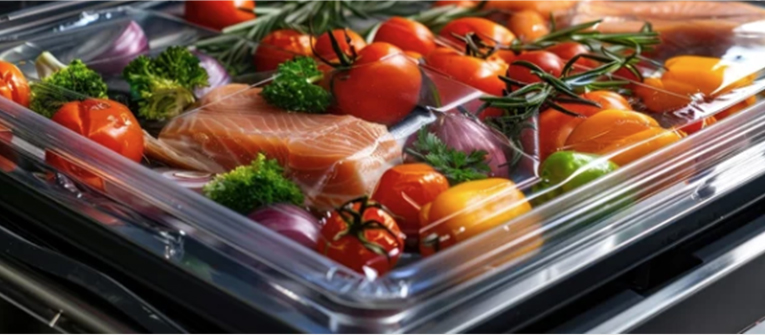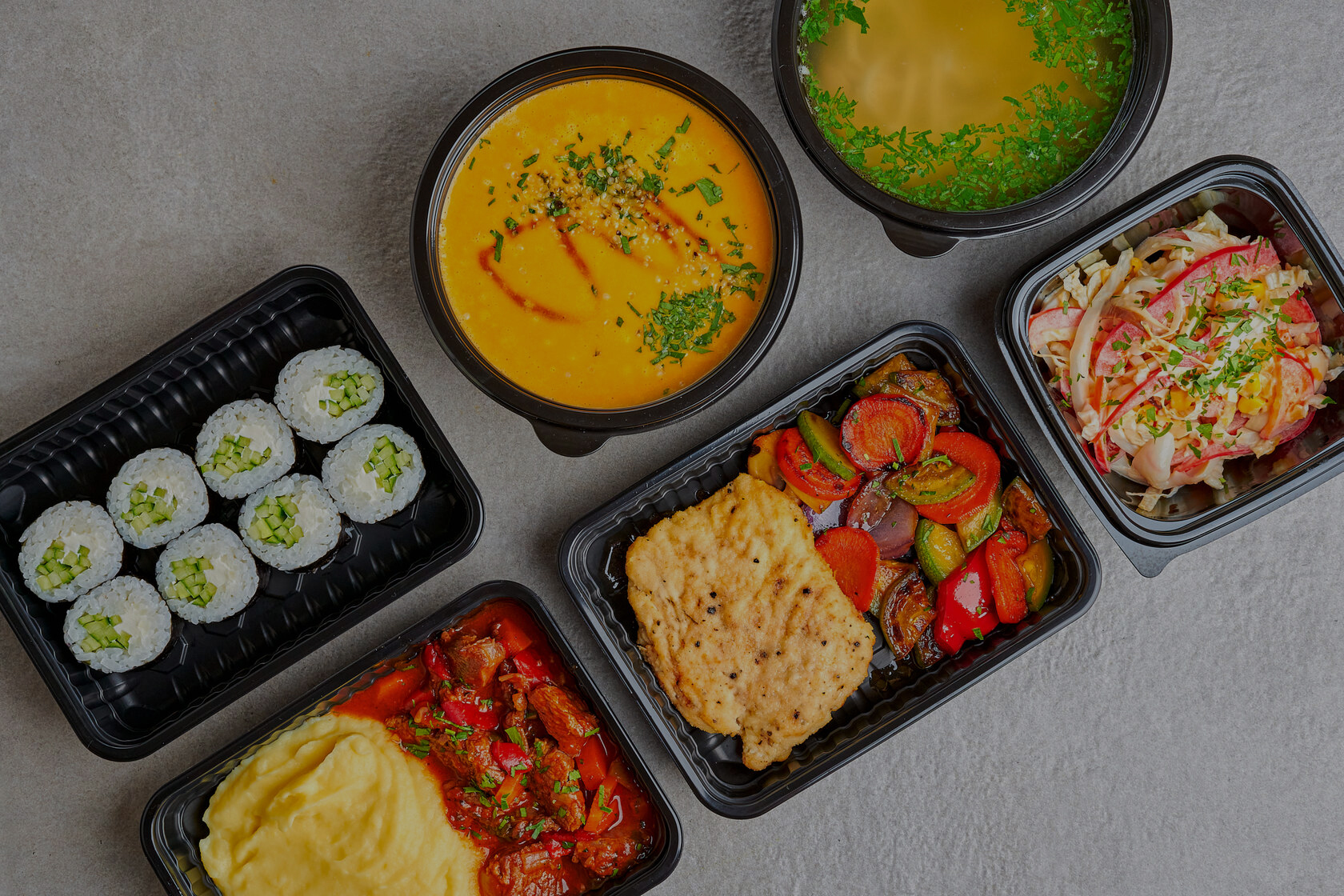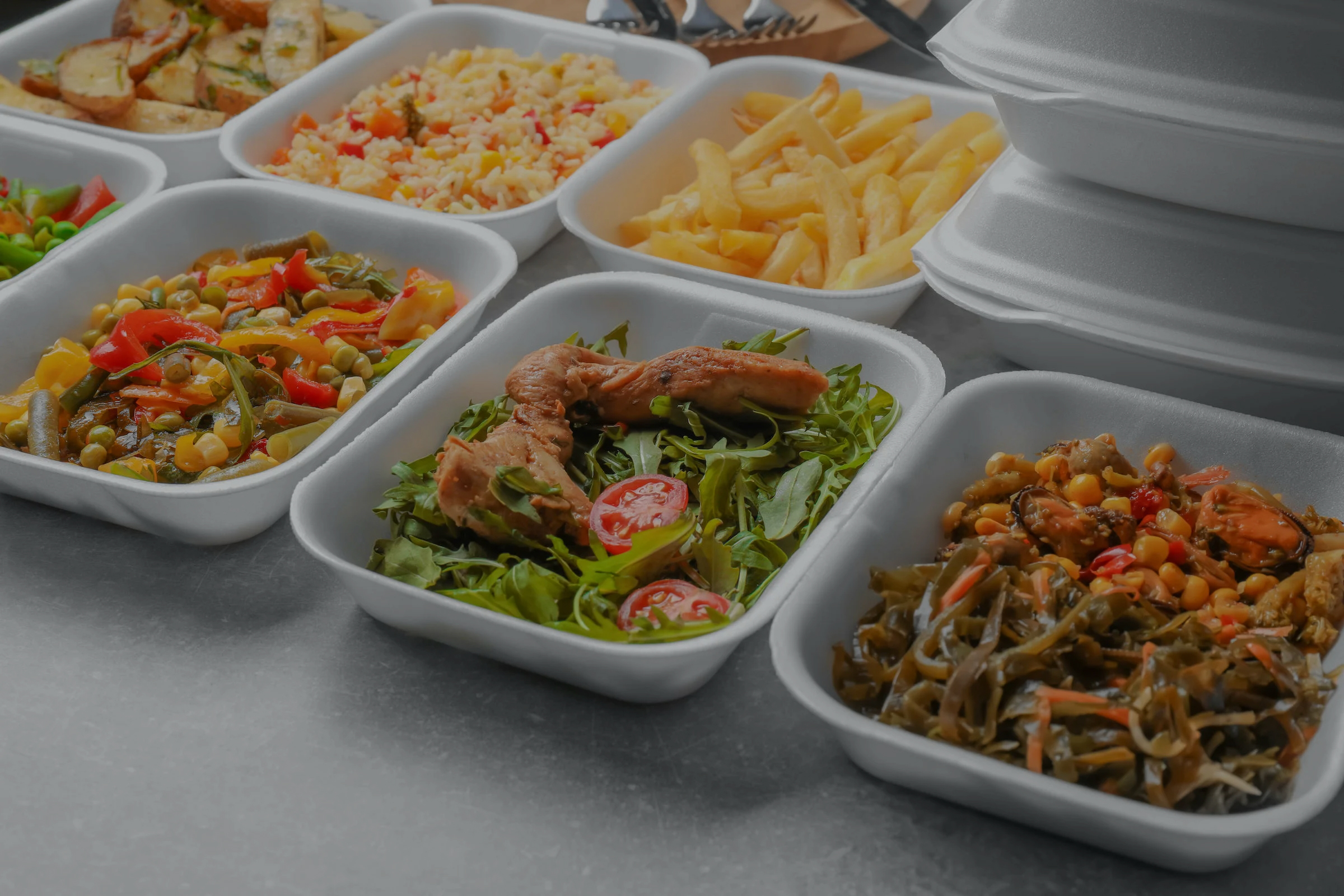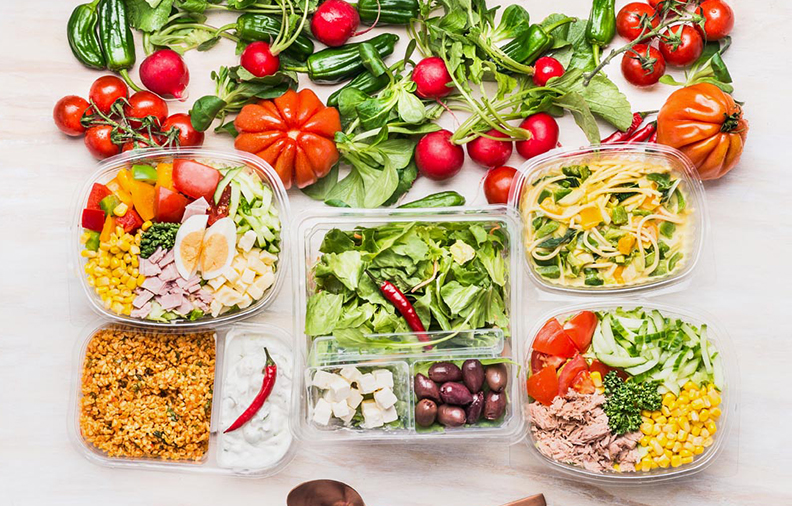Web Menu
Product Search
Exit Menu
How do PS Food Trays handle food storage, and can they maintain the quality and freshness of food for extended periods?
Barrier Properties Against Moisture and Gases
One of the most important properties of PS Food Trays (polystyrene) is their moisture resistance. Polystyrene is a relatively impermeable material, which means it can effectively resist the penetration of moisture from wet or juicy foods, such as those containing sauces, soups, or gravies. This resistance helps prevent foods from becoming soggy or losing their texture due to excess moisture. PS Food Trays offer a modest barrier to gases, especially oxygen, which is a key factor in food spoilage. Foods such as fried items, which are highly sensitive to oxygen, benefit from the reduced exposure provided by the tray.
However, it is important to note that while PS Food Trays provide some resistance to moisture and gases, they are not completely airtight or impermeable. This means they are not ideal for long-term food storage where high levels of protection against oxygen or humidity are necessary. For example, highly perishable items like fresh fruits or vegetables that require precise moisture control and oxygen reduction may require specialized packaging such as vacuum-sealed bags or modified atmosphere packaging (MAP) to maintain optimal freshness.
Temperature Sensitivity and Insulation
While PS Food Trays do offer some level of thermal insulation, they are not designed for long-term temperature control. Polystyrene has limited ability to retain heat or cold, which makes these trays suitable for short-term food storage but not ideal for extended periods. For instance, hot foods in PS Food Trays may stay warm for a short time, but without any added insulation, they will cool down relatively quickly. Similarly, cold foods can maintain their temperature for a while, but without refrigeration or cooling packs, the food may lose its optimal freshness.
PS trays’ insulating properties are mainly effective during transportation or when food is consumed soon after packaging. In foodservice environments, where food needs to be kept at specific temperatures for a prolonged period, thermal packaging or insulated containers are often used in conjunction with PS Food Trays. For example, hot meals may require the addition of foil-lined bags or foam trays, while cold dishes might benefit from refrigeration before and after storage in the PS tray.
Food Freshness Preservation
PS Food Trays are excellent for short-term storage of food in environments where food quality does not need to be preserved for long periods. The moisture resistance and lightweight nature of polystyrene make these trays suitable for foods like fast food, snacks, and desserts, which are typically consumed soon after preparation. However, they do not provide the necessary ventilation that some fresh foods, like salads or fruits, require to remain fresh. For these types of items, excess moisture buildup can lead to wilting, sogginess, and accelerated spoilage.
For longer-term preservation of delicate foods or fresh produce, PS Food Trays are less effective. Foods that require ventilation to stay fresh need packaging that allows air circulation, such as perforated containers or breathable wraps. This is especially important for items like leafy greens, berries, or tomatoes, which can deteriorate quickly if stored in non-ventilated conditions. For these items, alternative storage containers designed to regulate humidity and airflow would be more appropriate than PS Food Trays.
Convenience for Short-Term Food Storage
PS Food Trays are ideal for short-term storage and transportation due to their lightweight and sturdy construction. They provide a practical solution for packaging and delivering food that is intended to be consumed shortly after purchase. These trays are commonly used in takeout, fast food service, and catering, where food needs to be served quickly and conveniently without concerns for long-term preservation. The stackability of PS Food Trays further enhances their efficiency in transportation and storage, making them a popular choice for foodservice operations with high-volume demands.
However, their suitability for long-term storage is limited. Once food has been packaged in PS trays, it is generally recommended for use within a few hours or a day at most. Extended periods of time will likely result in a loss of food quality, including texture, flavor, and overall appeal, especially when stored at improper temperatures.
Food Compatibility
PS Food Trays are best suited for foods that do not require specific moisture control, ventilation, or temperature regulation over extended periods. Foods like snacks, fried foods, pastries, and sandwiches that are meant to be consumed relatively soon after packaging work well in these trays, as they maintain their quality over a short duration.
For hot foods, PS trays can handle items like fried chicken, burgers, or pizza for brief periods, but they are not ideal for items that require temperature stability or moisture regulation. For instance, salads, fresh fruits, or dairy products may lose their texture or become soggy if stored for too long in PS trays. PS Food Trays are generally not designed to preserve sensitive food items such as raw fish, sushi, or deli meats, which require specific temperature and environmental controls to maintain their freshness and safety.
- The company requires rigorous, using a high starting point, trustworthy, quality, and actively develop and innovate, the pursuit of excellence route!
CONTACT US
- Tel: +86-18867945666
- E-mail: [email protected]
- Add: No.11 Huafeng Road, Anhua Community, Anhua Town, Zhuji City, Shaoxing, Zhejiang, China
GET A QUOTE
Copyright @ Donghang Polymer Material Technology Co., Ltd. All Rights Reserved.




 English
English عربى
عربى Español
Español












